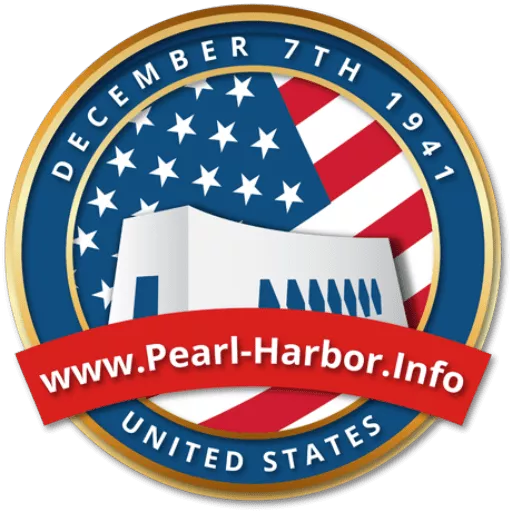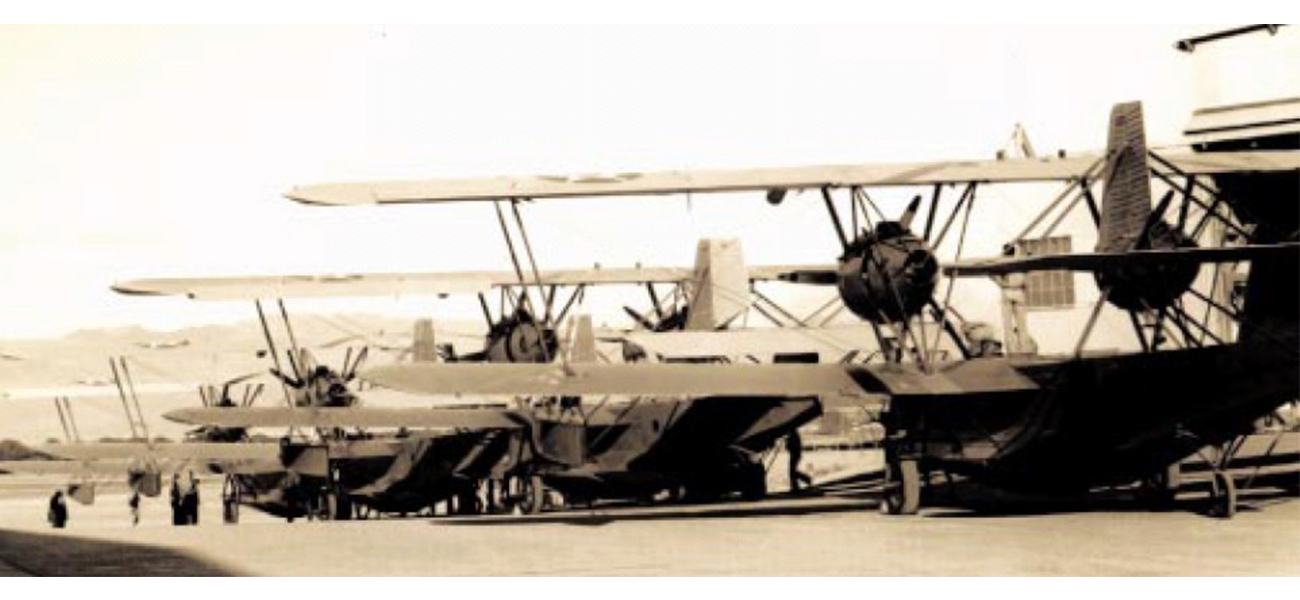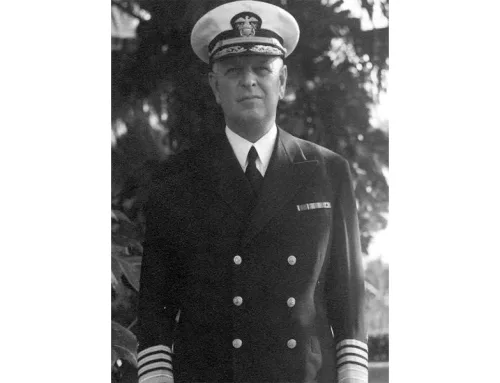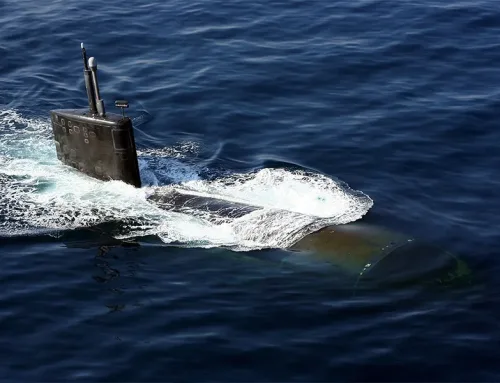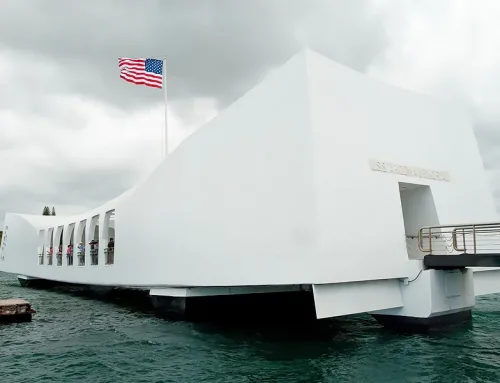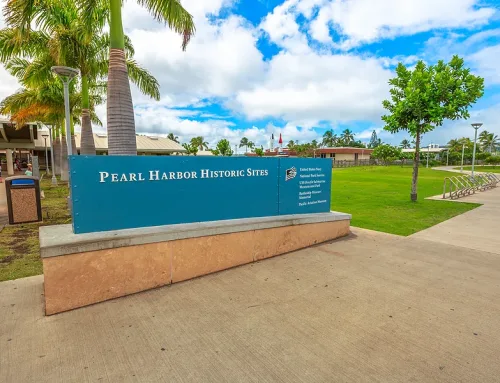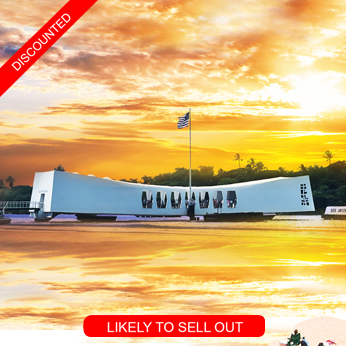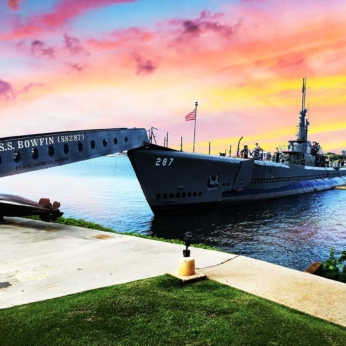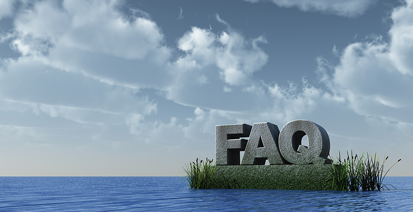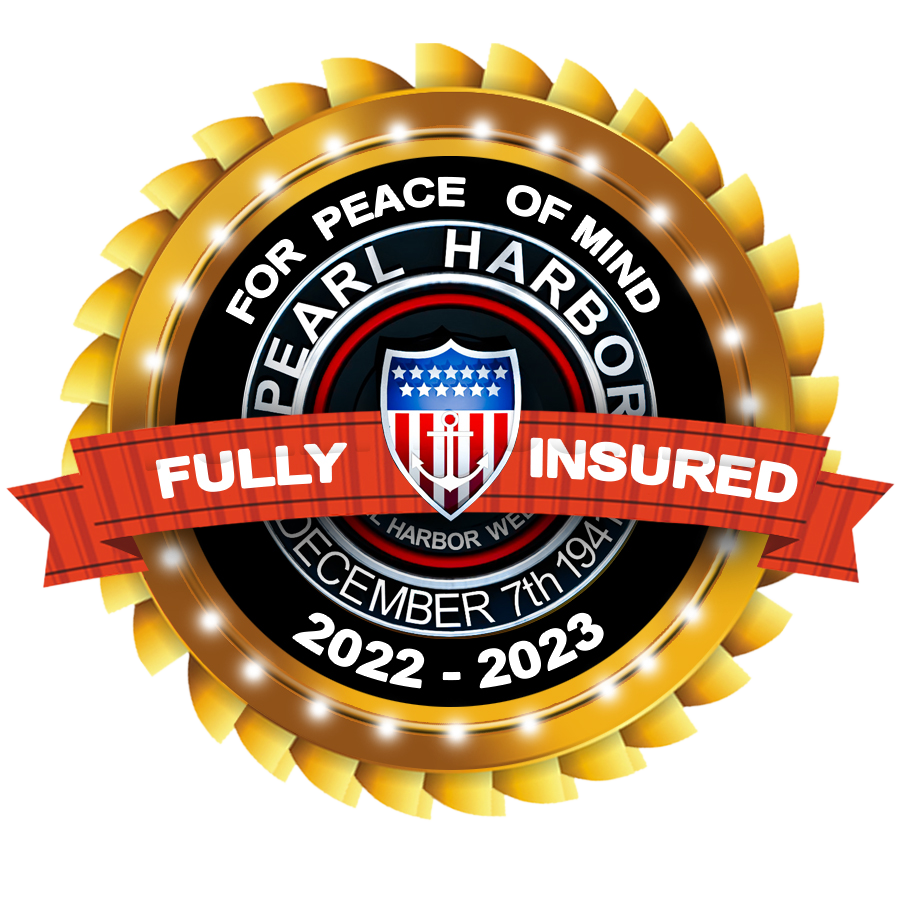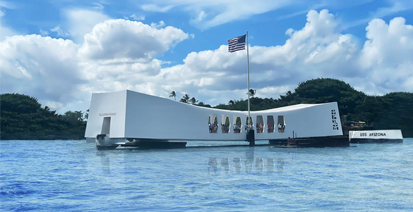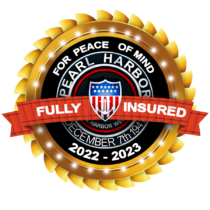American Aviation History on Ford Island
USN, Public domain, via Wikimedia Commons
When we think of American aviation history, names like the Wright Brothers and Charles Lindbergh often come to mind. Yet, one place that played a crucial role in the development and transformation of American aviation is Ford Island. Nestled in the heart of Pearl Harbor, Hawaii, Ford Island has been a witness to significant milestones in aviation, serving as a military hub, a battleground, and now a historical landmark. The rich tapestry of Ford Island aviation history offers a unique window into the evolution of American aviation.
The early 20th century marked a period of rapid advancements in aviation. The United States, inspired by the achievements of the Wright Brothers, began investing heavily in developing its aviation capabilities. During this time, Ford Island started to emerge as a strategic location for military aviation due to its central position in the Pacific.
In the 1920s, Ford Island underwent significant development to support aviation activities. The U.S. Navy recognized its potential and began constructing airfields and facilities, transforming it into the Naval Air Station Ford Island. Key figures, such as Admiral William Moffett, championed the cause, turning the island into a bustling hub for naval aviation operations. Training exercises, flight tests, and various aviation-related activities became commonplace, setting the stage for Ford Island’s prominent role in American aviation history.
Pearl Harbor Attack
December 7, 1941, marked a turning point for Ford Island and American aviation history. The attack on Pearl Harbor by Japanese forces targeted several key locations, including Ford Island. The island’s airfields and hangars were heavily bombarded, leading to significant losses of aircraft and infrastructure. This tragic event underscored the island’s strategic importance and galvanized the United States into action, ultimately altering the course of World War II. The Pearl Harbor attack planes left an indelible mark on the island, highlighting its critical role in the Pacific War aviation efforts.
World War II Contributions
Despite the devastation of the Pearl Harbor attack, Ford Island quickly rebounded to become a vital component of the U.S. war effort. It served as a training ground for pilots and a staging area for military operations across the Pacific. The island’s airfields were bustling with activity, playing a crucial role in the success of various campaigns and missions during the war. Ford Island hangars and airfields were central to these operations, making it a key player in World War II aviation history.
Post-War Era and Cold War
After World War II, Ford Island underwent several transformations. The island’s focus shifted from combat operations to research and development. During the Cold War, it continued to serve as a strategic site for the U.S. military, hosting various aviation advancements and technological innovations. The Cold War era saw the island adapt to new challenges and continue its legacy as a pivotal location for American aviation. The historic airfields in Hawaii, including Ford Island, played crucial roles during this time, contributing to the broader Pacific aviation history.
Today, Ford Island is no longer a military stronghold but a historical site dedicated to preserving its rich aviation history. Efforts have been made to restore and maintain its facilities, turning the island into a living museum. Visitors can explore the remnants of its storied past and learn about the pivotal moments that shaped American aviation. The preservation efforts on Ford Island are a testament to its enduring legacy in naval aviation history.
Pearl Harbor Attack
December 7, 1941, marked a turning point for Ford Island and American aviation history. The attack on Pearl Harbor by Japanese forces targeted several key locations, including Ford Island. The island’s airfields and hangars were heavily bombarded, leading to significant losses of aircraft and infrastructure. This tragic event underscored the island’s strategic importance and galvanized the United States into action, ultimately altering the course of World War II. The Pearl Harbor attack planes left an indelible mark on the island, highlighting its critical role in the Pacific War aviation efforts.
Aviation Museums and Memorials
Ford Island is home to several museums and memorials that celebrate its aviation heritage. The Pacific Aviation Museum stands out as a key attraction, offering visitors a glimpse into the island’s past through exhibits, aircraft displays, and interactive experiences. Other memorials on the island pay tribute to the brave aviators and service members who served and sacrificed on Ford Island. These sites are central to understanding the Pearl Harbor aviation legacy.
Today, Ford Island serves as an educational hub, offering a variety of programs aimed at preserving and promoting its aviation heritage. Schools, universities, and aviation enthusiasts flock to the island to participate in workshops, tours, and interactive exhibits. These programs are crucial in educating the public and ensuring that the legacy of Ford Island continues to inspire future generations. The educational initiatives on Ford Island are vital to its ongoing preservation efforts.
Ford Island stands as a testament to the evolution of American aviation. From its early days as a naval air station to its role in World War II and beyond, the island has been at the heart of many pivotal moments in aviation history. Its legacy is preserved through ongoing restoration efforts, educational programs, and the many stories of bravery and innovation that continue to inspire. As we look to the skies and the future of aviation, the history of Ford Island reminds us of the remarkable journey that brought us here. The Ford Island aviation history is a crucial chapter in the broader narrative of American aviation, and its preservation ensures that this legacy endures for generations to come.
Most Popular Oahu Tours
Best Pearl Harbor Tours

The following tours are recognized as the most popular Pearl Harbor Tours on Oahu. While generally, our price is the lowest in the market now, for a limited time, they are on sale too. Please be advised that Pearl Harbor tickets and USS Arizona Memorial tickets are included in all of our Arizona Memorial Tours, Pearl Harbor small group tours, and private Pearl Harbor tours.
